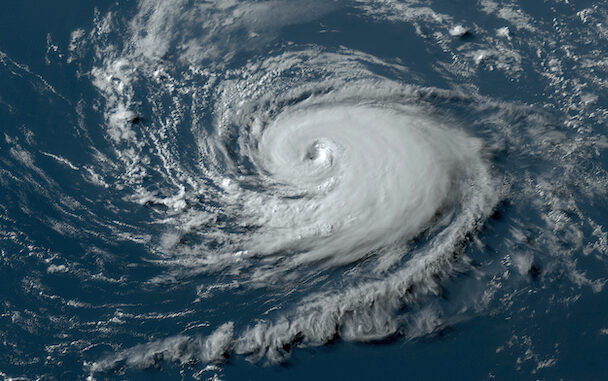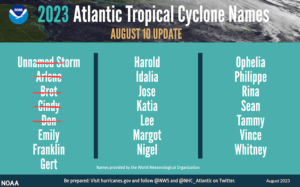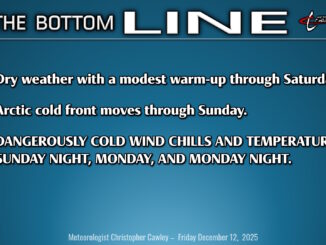
Record warmth in ocean waters will trump the disruptive effects of El Nino winds, leading to a more active than normal hurricane season, the National Oceanic and Atmospheric Administration (NOAA) said today.
The agency issued its mid-season adjusted forecast this morning (Thursday). The initial forecast in May called for a below average season, but changing conditions led forecasters to adjust the numbers.
“The likelihood of near-normal activity has decreased to 25 (percent), down from the 40 (percent) chances outlined in May’s outlook,” the briefing today said.
The new update spans the entire six month hurricane season, officially ending Nov. 30. It now calls for 14 to 21 named storms, with six to 11 hurricanes, and two to five major hurricanes. The numbers include the storms that have already occurred this season.
The average season produces 14 named storms, including seven hurricanes and three major hurricanes.
NOAA noted that the Atlantic basic saw an active start to the season, with five storms reaching tropical storm strength and one becoming a hurricane.
Scientists expected the continuing El Nino pattern to disrupt tropical formation, the report said, but “so far those limiting conditions have been slow to develop and climate scientists are forecasting that the associated impacts … may not be in place for much of the hurricane season.”
Less wind-shear, lighter Atlantic trade winds, and West African monsoons are also playing a role, NOAA said.
Officials note that the prediction of formation does not forecast landfalls, which can only be determined days before a storm actually strikes.
























